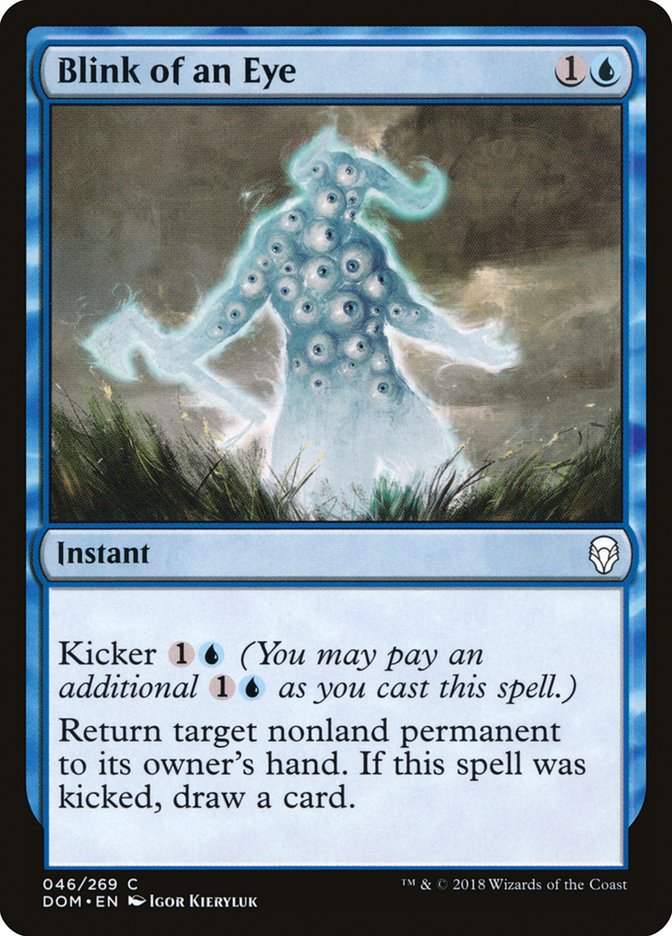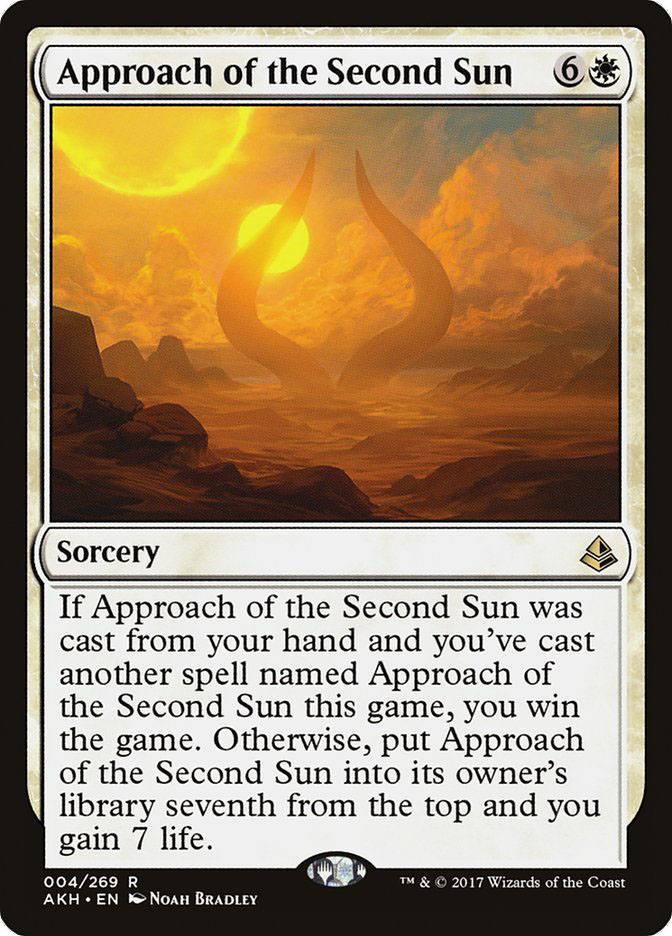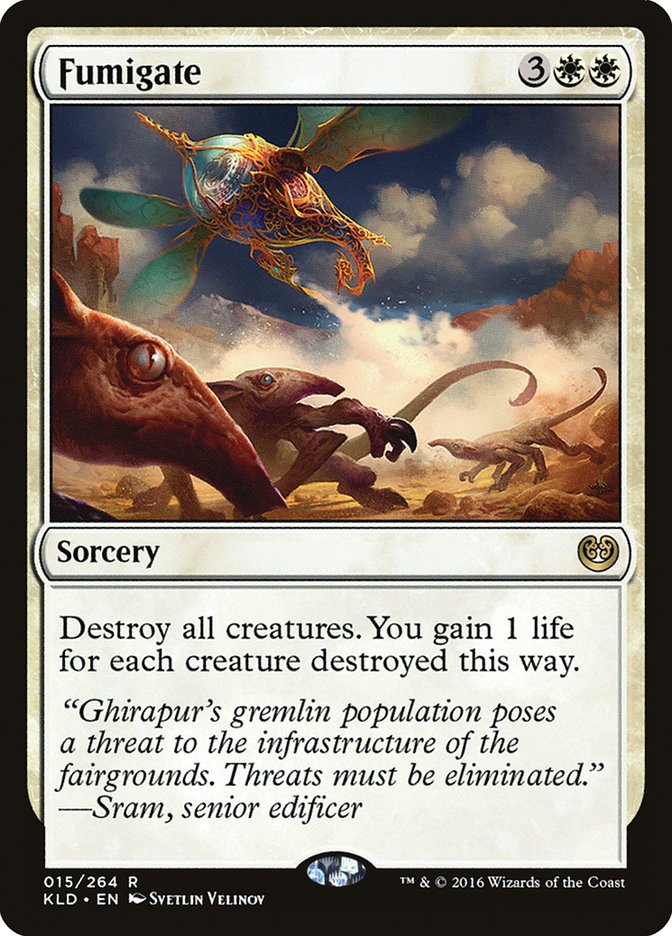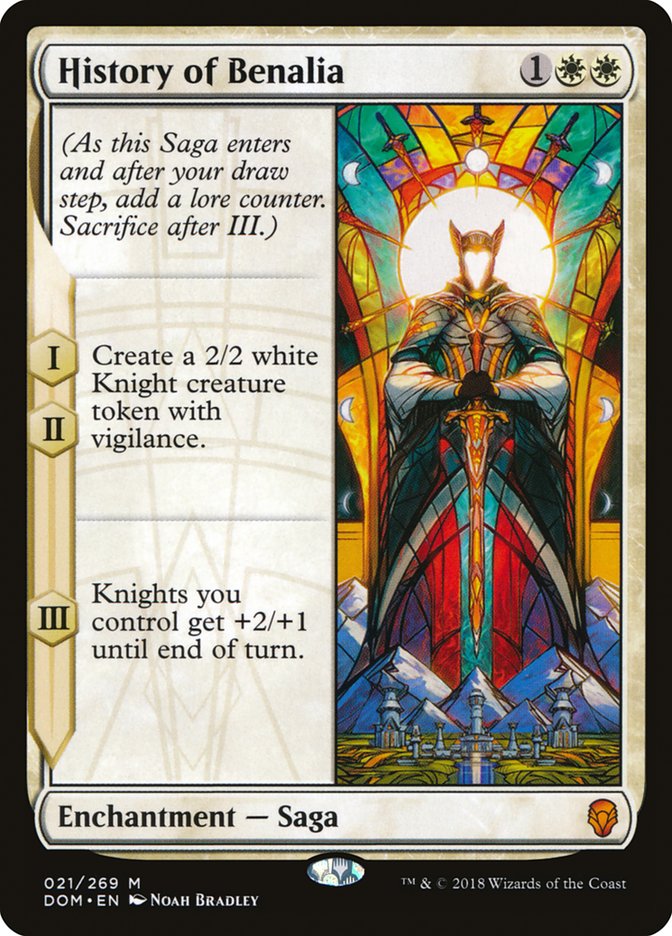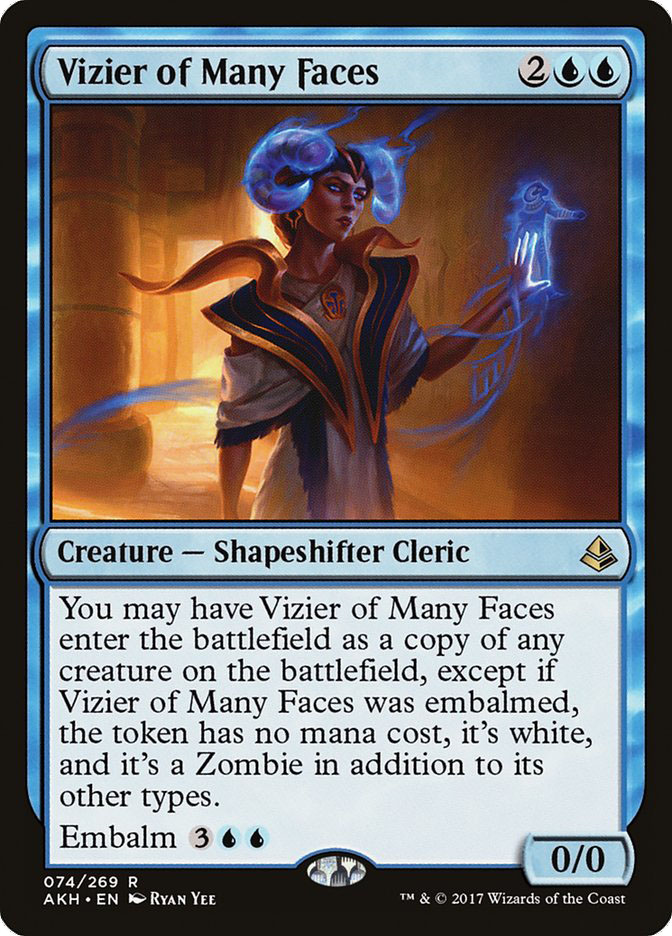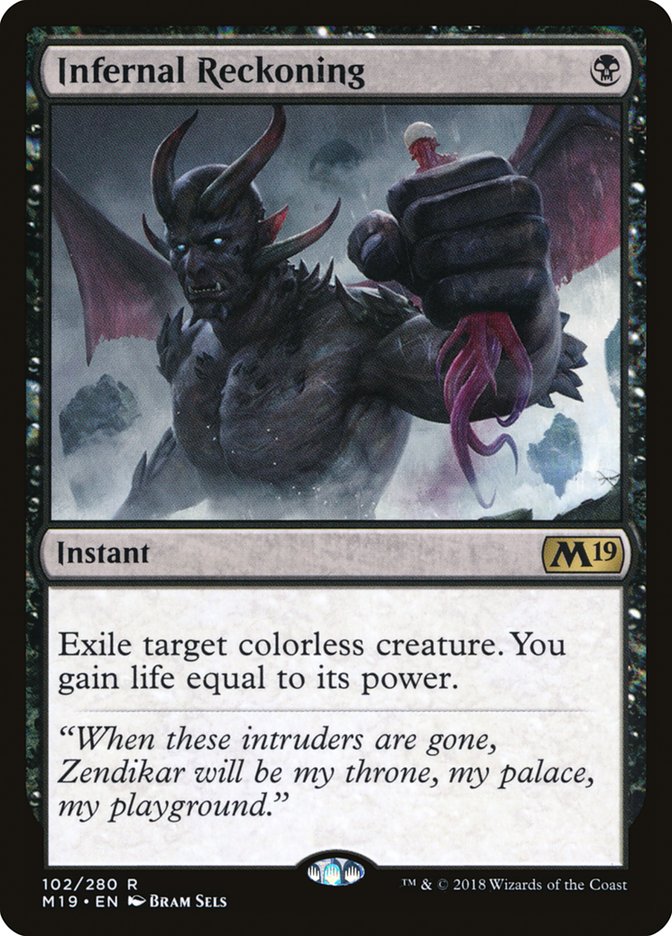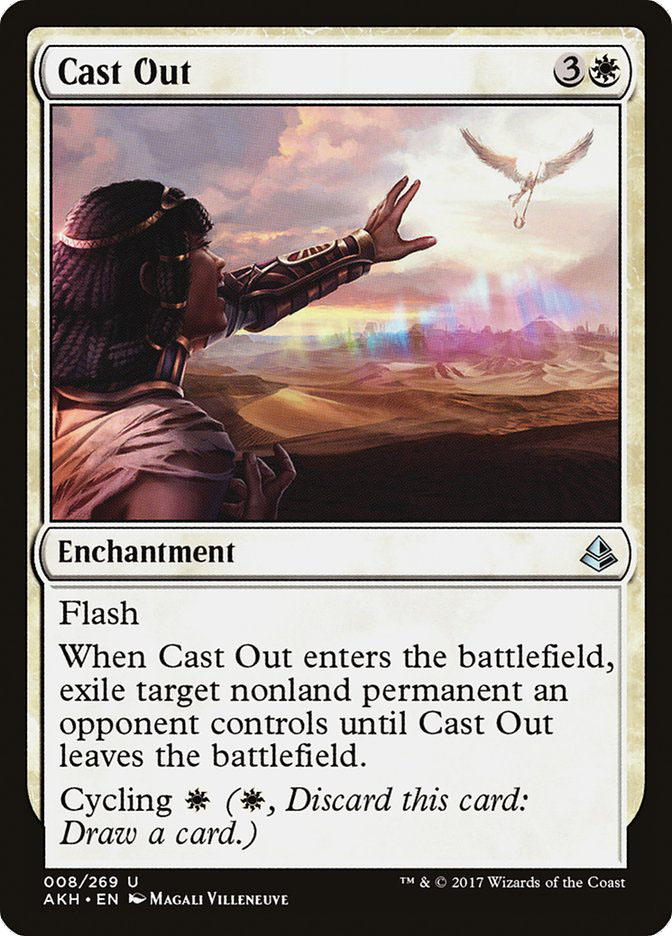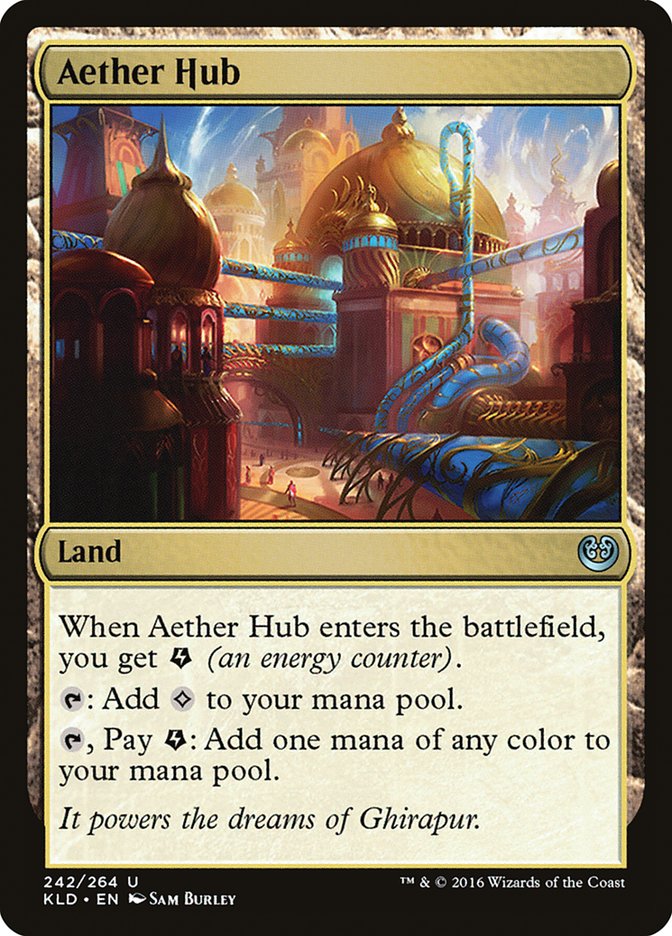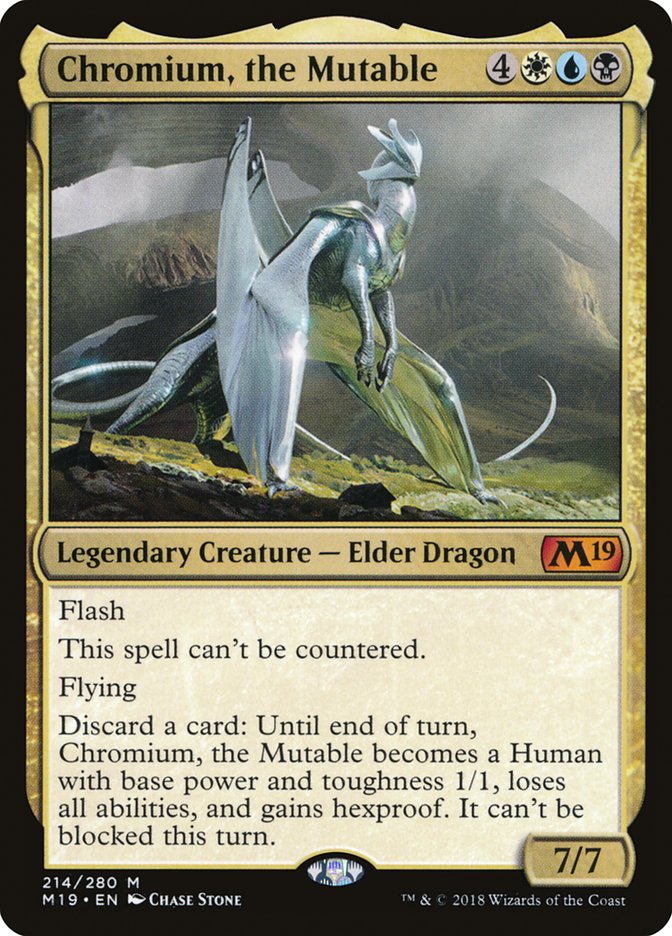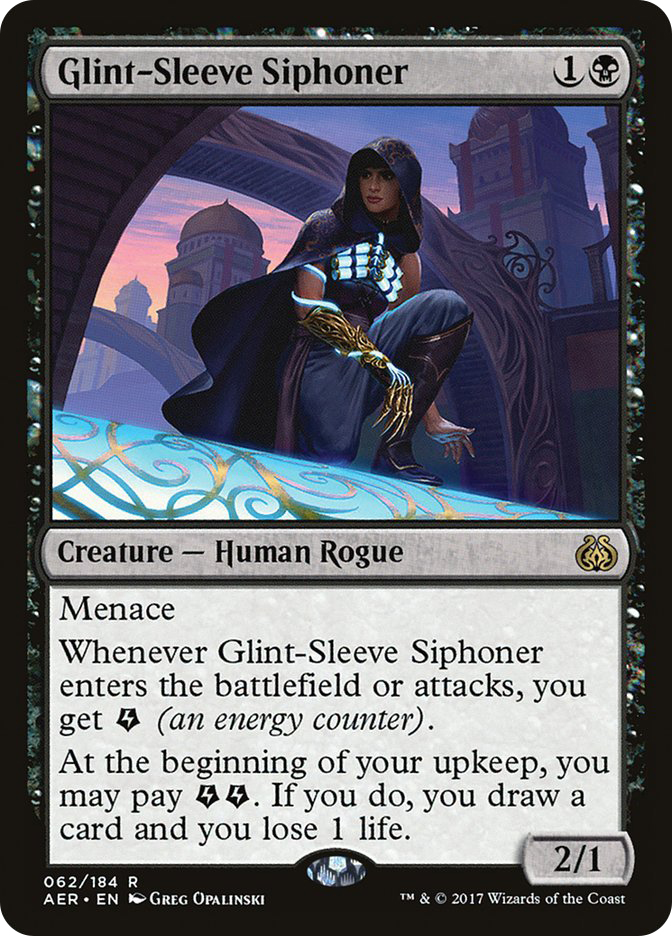A few weeks ago, I spoke with you about the newest deck in Standard…
Planeswalkers (6)
Lands (26)
Spells (28)

And this past weekend, Hall of Famer Eric Froehlich demonstrated that Bant Nexus is still very much a factor. With Settle the Wreckage, EFro has some game against Insult // Injury and apparently he found less need for some of the advantage engines I spoke about.
On a personal note, I appreciate that Eric took the time to learn the deck after Pro Tour 25th Anniversary where his ‘Face to Face’ teammate, Gabriel Nassif, did so well developing the deck and their mutual teammate David Williams managed an 11-3 record playing it. Gab’s longtime deckbuilding teammate and Pro Tour Honolulu champion Mark Herberholz put in a lot of work on Bant Nexus for the Pro Tour, bringing us Chart a Course and gathering much-needed inspiration and data. Rumor is he’s qualified for the Pro Tour again and will be at the next PT. Thanks again, Mark!
But what of the regular remainder of the format?
Teferi has gone from under-appreciated before the Pro Tour to widely celebrated, with Settle the Wreckage proving a potential disaster for decks hoping to undermine Teferi with creatures. This has scared many Mono-Green Aggro players away from the table, making room for decks like B/U Midrange. R/B Aggro remains a near-dominant force in the metagame but seems to be at least approachable.
Today I’d like to discuss the format from the perspective of the control player. In other words, if you decide to play the reactive game in today’s Standard, which decks and card choices make sense?
U/W Control
The place to start has to be U/W Control, what with its recent successes and overall staying power.
Creatures (1)
Planeswalkers (4)
Lands (26)
Spells (29)

I had many versions of U/W Control to choose from, and although I couldn’t pick this Benjamin Reilly character out of a lineup – cool first name, though! – I like his card choices a lot. First, the cards he didn’t play:
Benjamin included only one of these. I think Blink of an Eye is really weak and have never felt like it was an important part of my plan in any matchup. I have a hard time seeing this in a U/W Control list that I’d play.
Approach of the Second Sun isn’t so bad Game 1, but it’s either mediocre or will be removed from the deck after sideboarding in most matchups. Benjamin has zero of these.
I love Fumigate, and until it rotates out, it should always be a consideration for control players with access to white mana in Standard. That said, If Mono-Green Aggro is on its way to Tier 2, Fumigate doesn’t necessarily merit a spot in the maindeck. Further, if we’re planning to bring in some creatures in a lot of matchups – Baral, Chief of Compliance, Lyra Endbringer, Walking Ballista, and Torrential Gearhulk – Fumigate sideboard slots look pretty expendable.
This used to be a staple of U/W Control sideboards and I’m certainly sympathetic to it in any matchup where the 2/2s have some lasting value. The current trend is toward Baral in this slot, as he matches up fairly well with the Knight tokens and also does a lot more work in matchups like Bant Nexus and various God-Pharaoh’s Gift decks where playing a “Draw-Go” style of game is often optimal. However, like Fumigate, this is another card that should always be considered, especially if you expect to face lots of midrange or control decks.
Next let’s talk about how to sideboard in the major matchups with this lineup:
VS R/B Aggro
Out:
In:
VS Mono-Green Aggro
Out:
In:
VS Bant Nexus
Out:
In:
VS B/U Midrange and Grixis Midrange
Out:
In:
VS Opposing Disallow Decks
Out:
In:
Figuring out the exact 60 you want in each matchup is one of the trickier parts of Magic deckbuilding but should be a serious, if at times murky, part of your thought process when deciding what to bring to a tournament. I say murky because the particular (and peculiar) contents of your opponent’s deck leave you some wiggle room as to how to your own reactive elements should be arranged. These sorts of sideboard guides should be treated as a starting place for such work.
On the subject of wiggle room, I have a few suggestions to try for improving Benjamin’s excellent U/W Control list:
Out:
In:
U/B Control
Creatures (5)
Lands (26)
Spells (29)

This is a list very similar to what Andrew played at Pro Tour Dominaria, with most of the changes showing up in some new sideboard technology. Vizier of Many Faces is an Amonkhet rare which used to shine in the back-and-forth creature battles that defined Temur Energy matchups. Out of fashion since the redefining bannings in January of this year, Vizier found Core Set 2019 a very friendly set indeed!
Vine Mare is one of those creatures we’ve gotten used to these days: more power than its casting cost, decent stats in most matchups, and the potential to be a juggernaut. U/B Control is a matchup where that juggernaut status can be realized quickly, but whereas traditional ground-stoppers like Gonti, Lord of Luxury were written out of the script with Vine Mare’s inability to be blocked by black creatures, the Vizier has no such restrictions and can even scale up and copy a Ghalta, Primal Hunger or Torrential Gearhulk if available. If you’re drooling about the prospect of embalming a Vizier on the Torrential Gearhulk, wipe the edge of your mouth and know that you’re not alone.
Also on offer for new cloning targets from Core Set 2019 is a splashy new Dragon who’s gotten lots of people into tricky Grixis manabases: Nicol Bolas, the Ravager. Not only is Nicol Bolas a pleasant creature to duplicate, its discard trigger is largely blunted by the Vizier’s ability to do its cloning from the graveyard via embalm.
The second card from Andrew’s sideboard that I enjoyed is Infernal Reckoning. U/B Control has tended to be a little soft to Scrapheap Scrounger, with the traditional cheap answer being Aether Meltdown. But here we have an answer that is half the cost, works with Torrential Gearhulk and Search for Azcanta, deals with Bomat Courier, and even gains us life!
As I hinted earlier, Green decks tend to be a weakness for this strategy, so keep that in mind when considering whether this is the tool for your local metagame. However, I think it’s fair to say that Andrew has found some nice solutions to shore up that matchup. On to the sideboard guide:
VS R/B Aggro
Out:
In:
VS Mono-Green Aggro
Out:
In:
VS Bant Nexus
Out:
In:
VS B/U Midrange and Grixis Midrange
Out:
In:
VS Opposing Disallow Decks
Out:
In:
If I had to nitpick, I’d suggest that one copy of The Scarab God is too few, especially against R/B Aggro, and would replace either a Torrential Gearhulk or a Hieroglyphic Illumination to fit another copy. All the same, if you are a control-inclined player I recommend trying this deck. Whereas U/W Control often turns the corner with super-impactful spells like Settle the Wreckage and Teferi, Hero of Dominaria, Andrew’s deck often finds a more hardscrabble path into the game, only cementing its advantage with Torrential Gearhulk, Search for Azcanta or The Scarab God.
Esper Control
If you were able to guess my last control deck, kudos, and here it is:
Creatures (4)
Planeswalkers (3)
Lands (27)
Spells (26)

I had intended to list an Esper deck from my test decks for Pro Tour 25th Anniversary, but then I came upon this configuration from the Top 8 of Grand Prix Orlando and it does almost everything I wanted with Esper.
One aspect of deckbuilding to consider here is that of the “staple.” When I build a U/W Control deck, no matter the metagame or whatever goofy angle I’m taking, I’ll always have some Cast Outs in my deck, as it’s just too good to leave out.
It’s a staple.
Similarly, if I’m playing a U/B Control deck I will have Fatal Pushes and Vraska’s Contempts. Such often comprise the “handholds” for building a deck, a way to leverage the public understanding (the hivemind!) of what’s good in this archetype as a foundation from which to modify the deck to fit your particular metagame, temperament, and understanding of the format.
It’s true that staples can be replaced; sometimes an upgrade is printed, like Abrade replacing Lightning Strike, and sometimes a card falls out of favor, like Censor. But in general, staples are a big part of today’s deckbuilding, and when I try to build three-color control decks, I always come to the same stumbling block: more staples than I can fit in my deck!
Of course, if you have too many staples to choose from, the first question you’ll ask yourself is, “Was it worth compromising my mana to get all of these options, or should I be playing a tighter manabase?” I’m going to go out on a limb and suggest that with the high land counts these decks want anyway, you have sufficient room to play an adventurous manabase like this one. You’ve also got Aether Hubs in this deck already, which make those third color options a little more responsible.
With this liberal-mana hypothesis entrenched, the next step many of us take is to impose an extra criterion to make our card selections easier, like “I’m just going to splash the white” or the sneakier “I’m going to pretend Seal Away doesn’t exist.” We artificially narrow down our options and likely make the process easier, but perhaps unfairly discard some good options.
What I like about Andrew Calderon’s list – not Dr. Cuneo from earlier, mind you – is that he doesn’t duck these tough choices and simply finds the balance of good cards he likes for the format. One Fumigate? Why not? The first copy is better than the second, it’s a powerful card, and it might catch some folks off-guard. Two Seal Away and two Fatal Push? I don’t mind diversifying these, though without a lot of copies of Field of Ruin or Evolving Wilds, you need to be careful that Fatal Push has enough targets.
I can’t say for sure that these numbers are correct, but I feel like Andrew took the right approach to weighing his options. But as much as I liked this list, I felt compelled to make a few changes.
First, Chromium, the Mutable does a lot more work in Game 1 in the matchups where it’s important. You’ll have lots of weak cards to discard to it in control mirrors and the games will be slow enough to allow a seven-mana creature to take over. Game 1 also has more value than usual here because these matchups often leave Game 3 unfinished. I think you maindeck Chromium or leave it out entirely.
Next, I tinkered with the sideboard, most notably putting in three copies of Glint-Sleeve Siphoner which I think is the best card against control once you have Aether Hub and Glimmer of Genius in your deck.
Now, let’s talk about sideboarding:
VS R/B Aggro
Out:
In:
VS Mono-Green Aggro
Out:
In:
VS Bant Nexus
Out:
In:
VS B/U Midrange and Grixis Midrange
Out:
In:
VS Opposing Disallow Decks
Out:
In:
It’s hard to say which of these control decks to bring to your next Standard tournament. More green decks would pull me toward U/W Control, while more control decks would pull me toward U/B Control and Esper.
The first step is to begin with the framework provided here and see where the metagame might feel like it’s heading. If you don’t like the way I’ve sideboarded in a particular matchup, that’s totally okay, but at least you have a fallback position. Standard has enough tournament-viable cards that things will usually ebb and flow as particular cards and strategies go into and out of the general consciousness.
Above all, stay open to new ideas and enjoy your journey as a control player!


